Most lakes hide their secrets beneath murky waters, but some bodies of water offer crystal-clear visibility that reveals every pebble, fallen log, and swimming fish from surface to bottom. These remarkably transparent lakes provide underwater viewing experiences that rival the world’s clearest oceans.
From glacial lakes fed by snowmelt to springs bubbling up from underground aquifers, these destinations showcase nature’s ability to create water so pure it seems almost artificial. Here is a list of 15 clear lakes where you can see to the bottom.
Crater Lake, Oregon
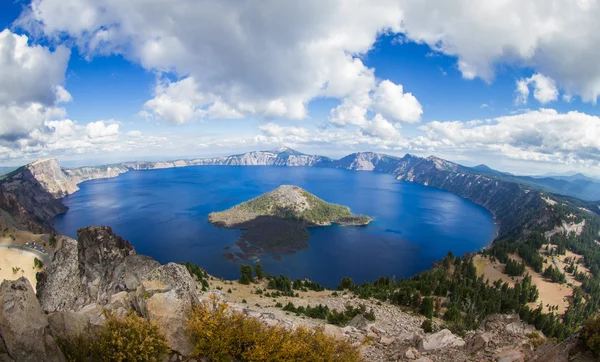
This volcanic caldera lake maintains visibility exceeding 100 feet, making it one of the clearest lakes in the world. The lake’s incredible transparency comes from its unique formation—no streams flow into or out of the lake, so it contains only pure snowmelt and rainwater.
The deep blue color results from the lake’s depth of 1,943 feet, and visitors can often see the ghostly outline of the Old Man of the Lake, a floating tree stump that’s been bobbing vertically for over a century.
Lake Tahoe, California/Nevada
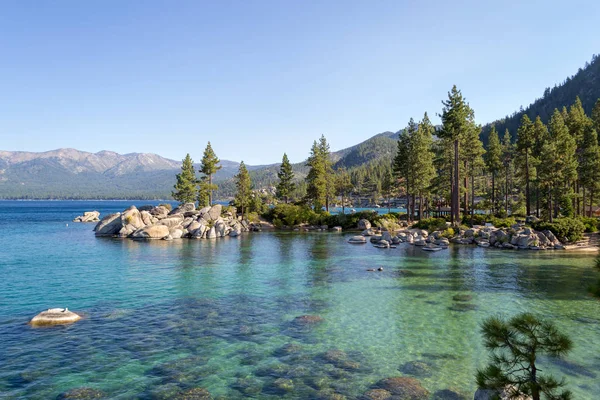
Straddling the California-Nevada border, this alpine lake offers underwater visibility up to 75 feet in its clearest sections. The lake’s transparency varies seasonally, with winter months providing the best clarity when algae growth is minimal.
The combination of glacial origins, high elevation, and strict environmental protections maintains water quality that allows visitors to see submerged boulders and ancient tree stumps from the surface.
Like Travel Pug’s content? Follow us on MSN.
Flathead Lake, Montana

Montana’s largest natural freshwater lake west of the Mississippi offers remarkable clarity that extends 20–30 feet down in many areas. The lake’s transparency comes from its glacial origins and the pristine wilderness surrounding it, which prevents agricultural runoff and development pollution.
Visitors often mistake the clear water for being much shallower than it actually is, leading to the optical illusion of boats floating on air.
Lake Annecy, France
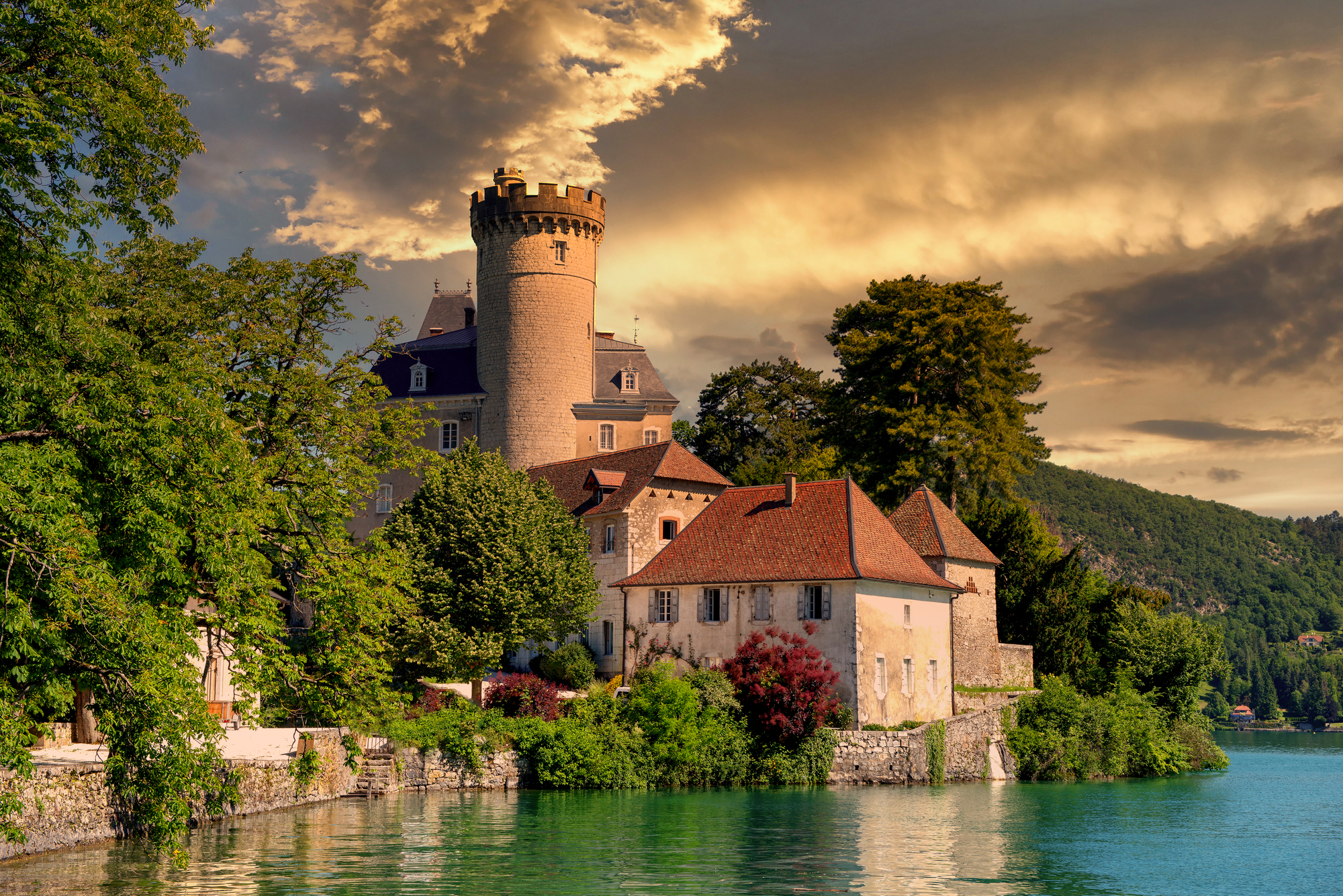
This French Alpine lake maintains exceptional clarity thanks to strict environmental regulations and natural filtration through limestone bedrock. The lake’s transparency extends 30–40 feet in most areas, revealing underwater vegetation and fish populations that create a natural aquarium effect.
The combination of glacial origins and careful watershed management has preserved water quality that allows visitors to see bottom features from paddle boats and scenic overlooks.
Plitvice Lakes, Croatia

This UNESCO World Heritage Site features 16 interconnected lakes with water so clear that visitors can see travertine formations and fallen trees dozens of feet below the surface. The lakes’ transparency comes from their unique formation process, where limestone creates natural dams and filters that maintain exceptional water quality.
The cascading water system creates varying levels of clarity, with some pools offering visibility to depths of 40 feet or more.
Like Travel Pug’s content? Follow us on MSN.
Lake Bled, Slovenia

This glacial lake in the Julian Alps offers remarkable transparency that extends 20-30 feet down, revealing the lake’s rocky bottom and underwater vegetation. The lake’s clarity comes from its glacial origins and the pristine mountain watershed that feeds it.
Visitors can often see fish swimming beneath the famous island church, and the clear water creates perfect reflections of the medieval castle perched on the cliff above.
Jiuzhaigou Valley Lakes, China
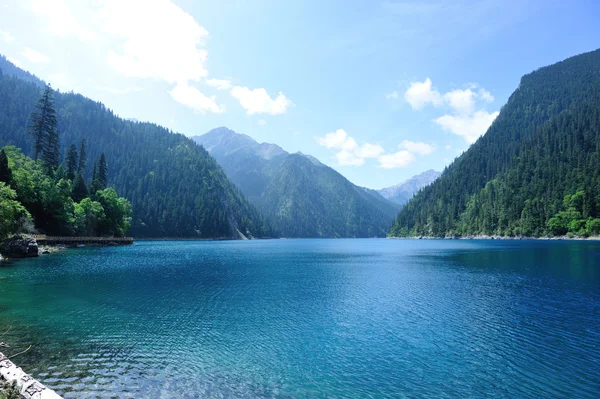
These multicolored lakes in Sichuan Province offer extraordinary transparency that extends to depths of 30–40 feet, revealing submerged logs that have been preserved for centuries. The lakes’ clarity results from their high elevation, glacial origins, and unique mineral content that creates natural filtration.
The underwater visibility is so remarkable that ancient fallen trees appear to float in mid-water, creating an otherworldly underwater landscape.
Lake Königssee, Germany
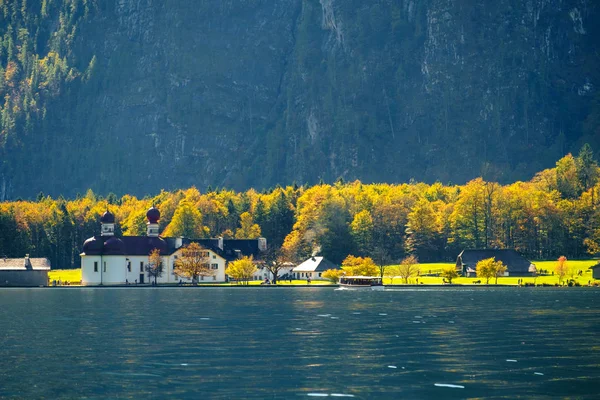
This fjord-like lake in the Bavarian Alps maintains exceptional clarity that extends 20–30 feet down, revealing the rocky bottom and underwater rock formations. The lake’s transparency comes from its glacial origins and the pristine National Park setting that prevents pollution.
The echo demonstration at St. Bartholomew’s Church becomes even more impressive when visitors can see the lake’s bottom while hearing the sound bounce off surrounding cliffs.
Like Travel Pug’s content? Follow us on MSN.
Banff National Park Lakes, Canada
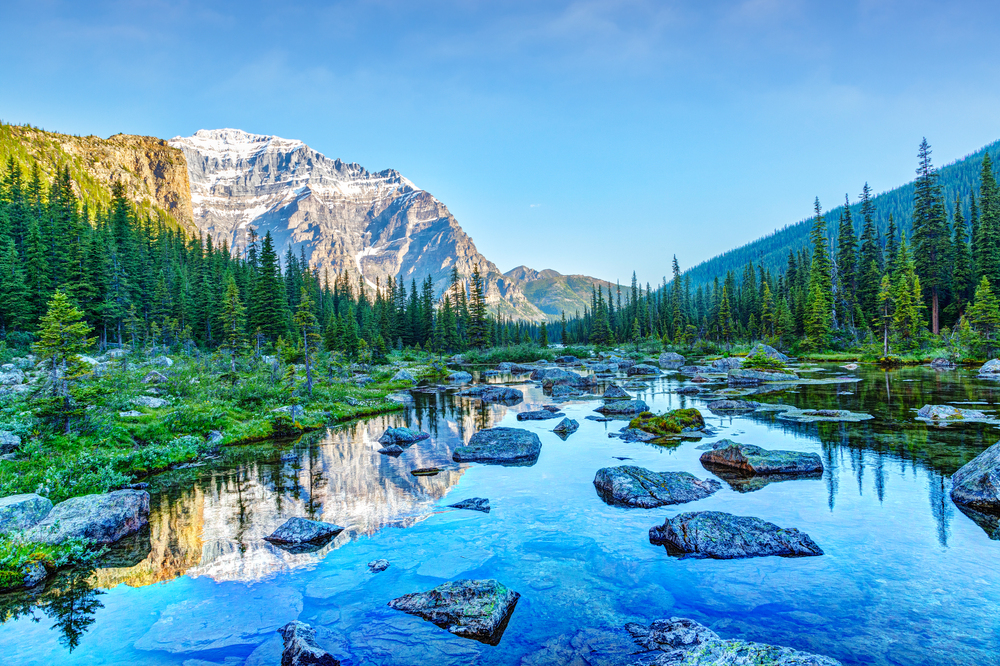
Lake Louise and Moraine Lake offer spectacular transparency that extends 15–25 feet down, revealing the glacial flour that gives these lakes their distinctive turquoise color. The lakes’ clarity results from their glacial origins and the pristine mountain environment that prevents contamination.
Visitors can often see the contrast between the silty glacial flour and the clear water, creating a natural demonstration of sediment settling.
Lake Chelan, Washington

This glacial lake offers remarkable transparency that extends 20–30 feet down in its clearest sections, revealing underwater rock formations and submerged trees. The lake’s clarity comes from its glacial origins and the pristine wilderness setting at its northern end.
The deep, narrow lake maintains different levels of transparency depending on location, with the clearest waters found away from the more developed southern shore.
Maligne Lake, Canada
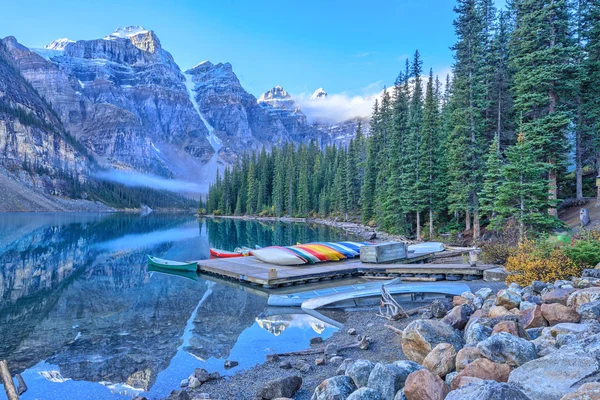
This glacial lake in Jasper National Park offers exceptional transparency that extends 20-25 feet down, revealing the rocky bottom and underwater boulder fields. The lake’s clarity results from its glacial origins and the pristine wilderness setting that prevents pollution.
The clear water creates perfect reflections of the surrounding Canadian Rockies, and visitors can often see fish swimming in the depths of the shore.
Like Travel Pug’s content? Follow us on MSN.
Walden Pond, Massachusetts
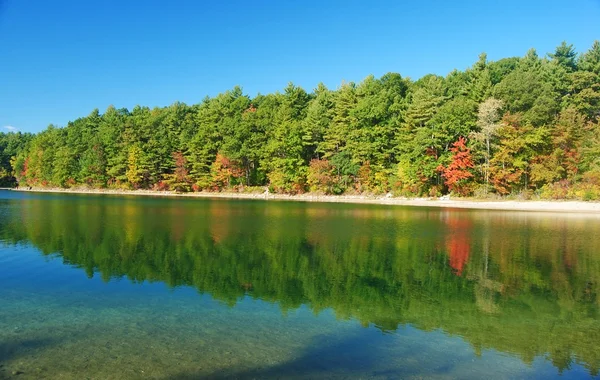
This glacial kettle pond offers remarkable transparency that extends 15–20 feet down, revealing the sandy bottom and underwater vegetation that inspired Henry David Thoreau’s writings. The pond’s clarity comes from its glacial origins and the protected state reservation that prevents development.
The clear water allows visitors to see the same underwater features that Thoreau observed more than 150 years ago.
Fallen Leaf Lake, California
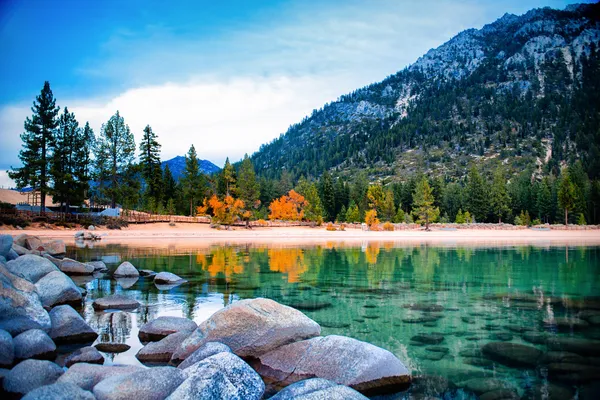
This glacial lake near Lake Tahoe offers exceptional transparency that extends 20–30 feet down, revealing granite boulders and underwater rock formations. The lake’s clarity results from its glacial origins and the pristine Sierra Nevada watershed that feeds it.
The clear water creates perfect conditions for underwater photography, and visitors can often see the contrast between different types of bottom materials.
Jenny Lake, Wyoming
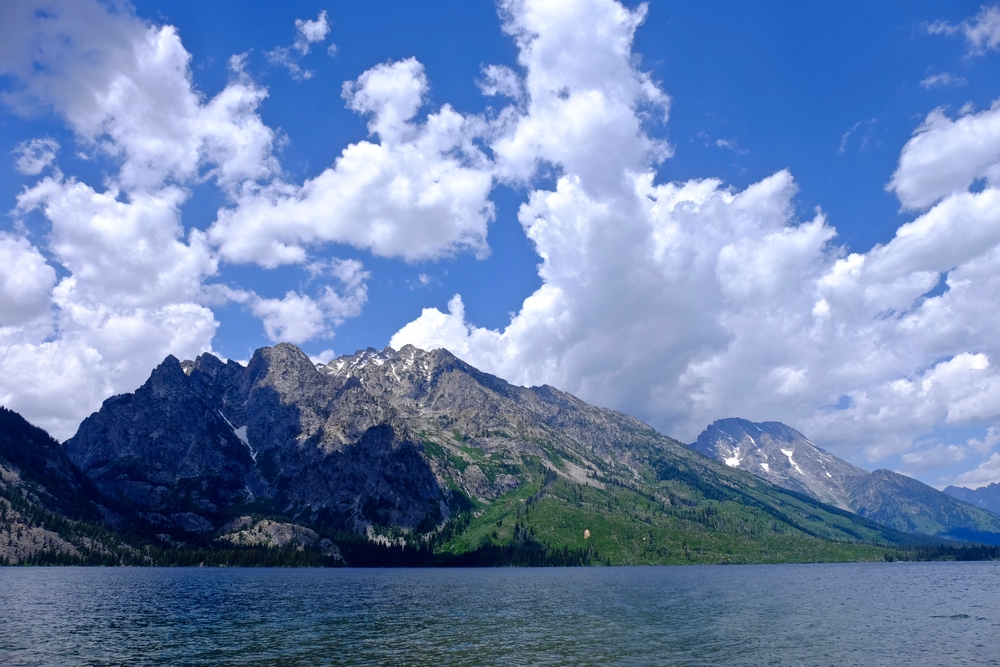
This glacial lake in Grand Teton National Park offers remarkable transparency that extends 15–25 feet down, revealing the rocky bottom and underwater boulder fields. The lake’s clarity comes from its glacial origins and the pristine wilderness setting that prevents contamination.
The clear water creates perfect reflections of the Teton Range, and visitors can often see fish swimming in the depths of the hiking trails that circle the lake.
Like Travel Pug’s content? Follow us on MSN.
Convict Lake, California
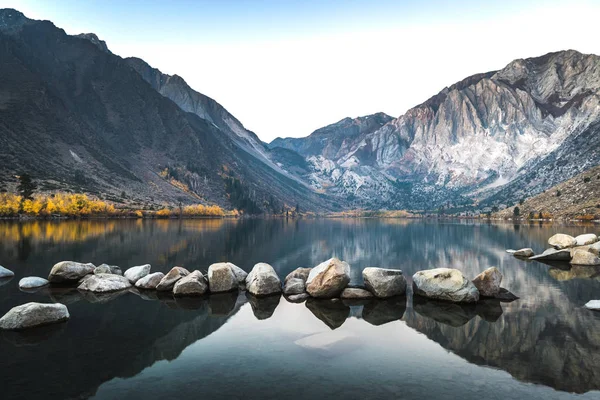
This glacial lake in the Eastern Sierra offers exceptional transparency that extends 20–30 feet down, revealing the rocky bottom and underwater rock formations. The lake’s clarity results from its glacial origins and the pristine high-altitude environment that prevents pollution.
The clear water allows visitors to see the dramatic underwater topography that mirrors the steep mountain walls rising from the lake’s edges.
Windows to Hidden Worlds
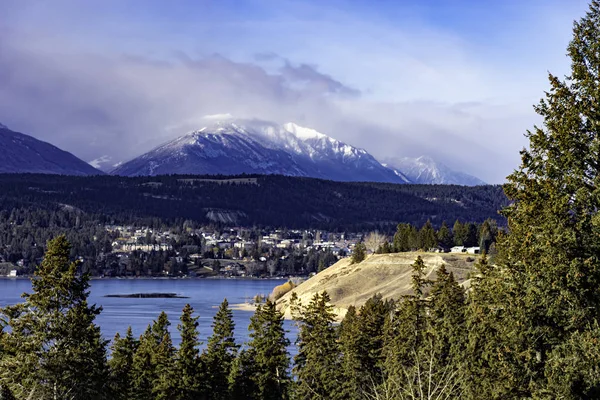
These crystal-clear lakes offer more than just beautiful scenery—they provide rare glimpses into underwater ecosystems that remain hidden in most water bodies. The exceptional transparency of these lakes results from unique combinations of glacial origins, high elevation, pristine watersheds, and sometimes strict environmental protections.
Each destination demonstrates how specific geological and environmental conditions can create water so pure that the boundary between surface and depth seems to disappear, offering visitors the extraordinary experience of seeing all the way to the bottom of these natural wonders.
More from Travel Pug

- 20 Best Beach Towns in the Carolinas
- 13 Destinations Where Tourists Regularly Regret Their Trip
- 20 Things You Actually Get in First Class
- 20 Small Airports With Aviation Museums
- 20 Places in the U.S. That Are Perfect for a Reset Trip
Like Travel Pug’s content? Follow us on MSN.
